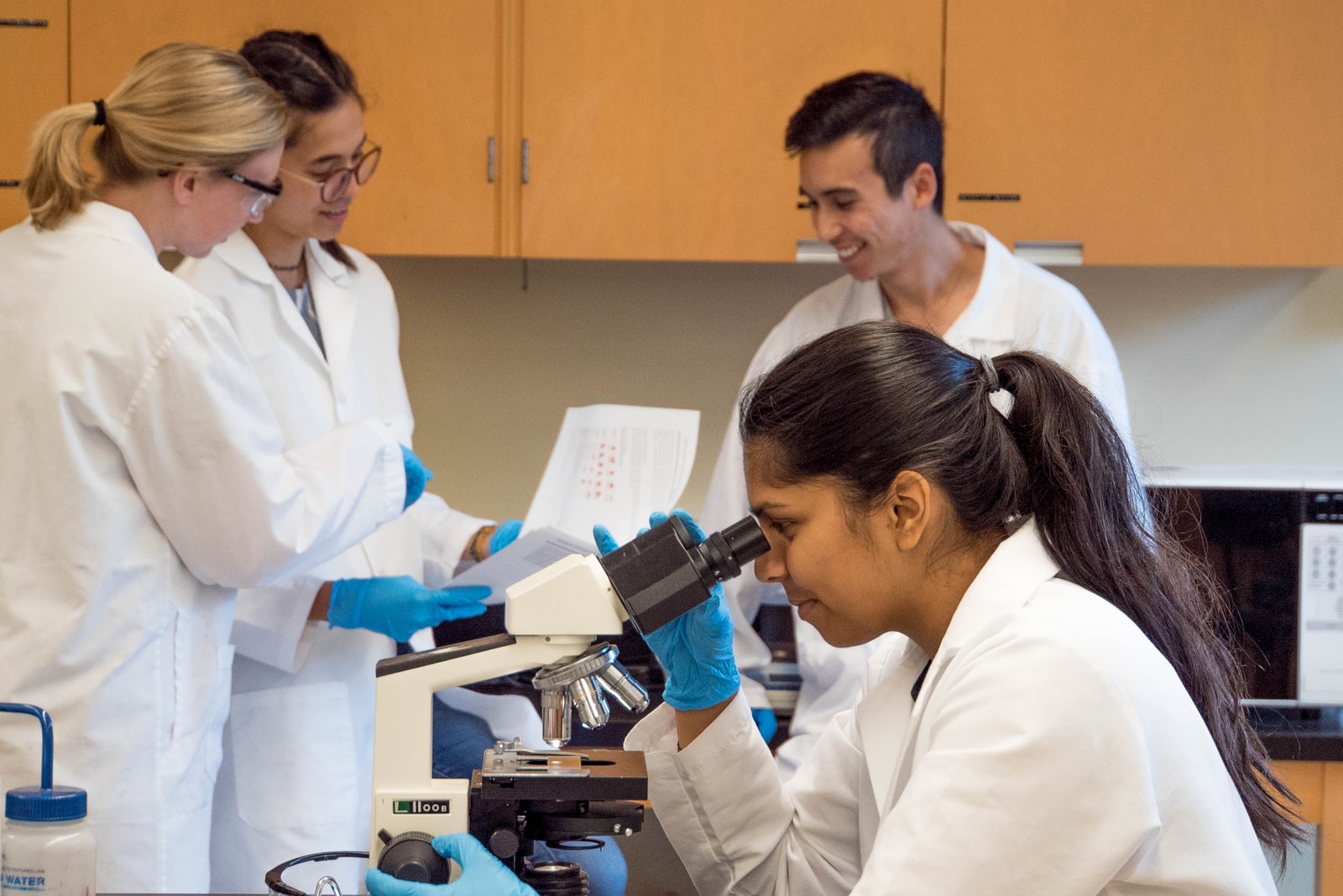OPINION
Harry Palmer
Born in food-shortage Britain towards the end of WWII, I got used to my day starting with a bowl of porridge, made with water of course, unlike today’s Harraways product cooked in milk (and made in minutes in a microwave, too).
So I was startled to see the headline on the internet regarding four out of five Americans testing positive for an ‘emerging contaminant’ found in cereal brands. The information had been sourced from research published by the Journal of Exposure Science & Environmental Epidemiology in mid-February 2024.
It turns out that, despite not having been approved for use on foods, a chemical compound called chlormequat has snuck into use on food crops like oats and is showing up in tests done on humans who consume products like Quaker Oats and Cheerios. The compound is estimated to leave the human body within 24 hours, so the 80 per cent figure is surely a strong indicator of just how ubiquitous it is in the food supply.
A major manufacturer of chlormequat in the USA is Taminco, a subsidiary of the giant Eastman Chemical Company. This organic compound is a category of ‘plant growth regulator’ and was introduced in 1962 for ornamental plant use, only. However manufacturers and farmers have found its shortening and thickening of plant stems to be useful in reducing the droop of seed heads and it also makes harvesting easier. The compound is also believed to increase the effectiveness of herbicides and the concentration of chlorophyll.
However, the downsides, as shown in chlormequat tests carried out on animals, include delayed puberty, damaged reproductive systems and disrupted fetal growth (changing development of the head and bones) and altering key metabolic processes.
And although chlormequat has never been tested on humans, it was first allowed in imported food intended for human consumption by the Environmental Protection Agency in 2018. The amount allowed in products imported into the US was subsequently increased in 2020 and, as yet, in 2024 the use of chlormequat on food grains grown locally in the US has not been officially approved. It can’t be for want of lobbyists employed by manufacturers giving it their best shot, however, and this proved partially successful in 2023 when the Environmental Protection Agency proposed allowing the use of chlormequat on US food crops, such as barley, oats, triticale and wheat, stating that the EPA’s human health risk assessment indicated “no dietary, residential, or aggregate [ie combined dietary and residential exposures] risks of concern,” Again, this despite no human testing having been conducted. At almost one year after that proposal was made, it has not been updated to “approved”.
Here in New Zealand, if you search the website of the Ministry of Primary Industry for chlormequat you come up empty handed, yet it’s available from the Ravensdown Fertiliser Co-operative Ltd and Nufarm New Zealand as a watered down 750g/l mixture they call “Stabilan”.
(Slightly off topic: on the other hand, NZ Customs were quick to turn to and confiscate a couple of tubes of ivermectin that I’d ordered from Amazon after being advised it could serve as a useful prophylactic against Covid. Though available in New Zealand, Medsafe NZ subsequently issued a notice saying you shouldn’t use ivermectin for that purpose, in a rather obvious attempt to cut off those seeking to self medicate and coerce them in the direction of taking the ‘vaccine’.)
Based on the overseas evidence and opinion, perhaps I should begin to look at changing to another breakfast food. After all, at nearly 80 it might add an extra five minutes to the length of my life. But seriously, based on the results of animal testing, chlormequat chloride surely warrants investigation for its possible injuring of mothers and unborn babies before its use can be allowed to spread further (remember thalidomide)? Or are they intent on just denying causal relationships, once again, as they have with the huge number of excess deaths post the mandatory mRNA injections?
It would seem that the cheapening of the value of life over recent decades has given both governments and their corporate co-conspirators an unholy confidence that they can now get away with murder. Indeed, to have enforced a slip-shod manufactured, untested complex and volatile concoction of a so-called ‘vaccine’ on unsuspecting and trusting populations is, in my humble opinion, nothing short of the purest evil. And subsequently the evident success of their wicked ‘vaccine’ confidence trick has obviously emboldened parties to take an even more relaxed attitude to the release of such products, chemicals and food additives into the human food chain and medicine. For profit – and damn the consequences – of course.
When will we ever learn? When we do, you can be sure it’ll be too late.

